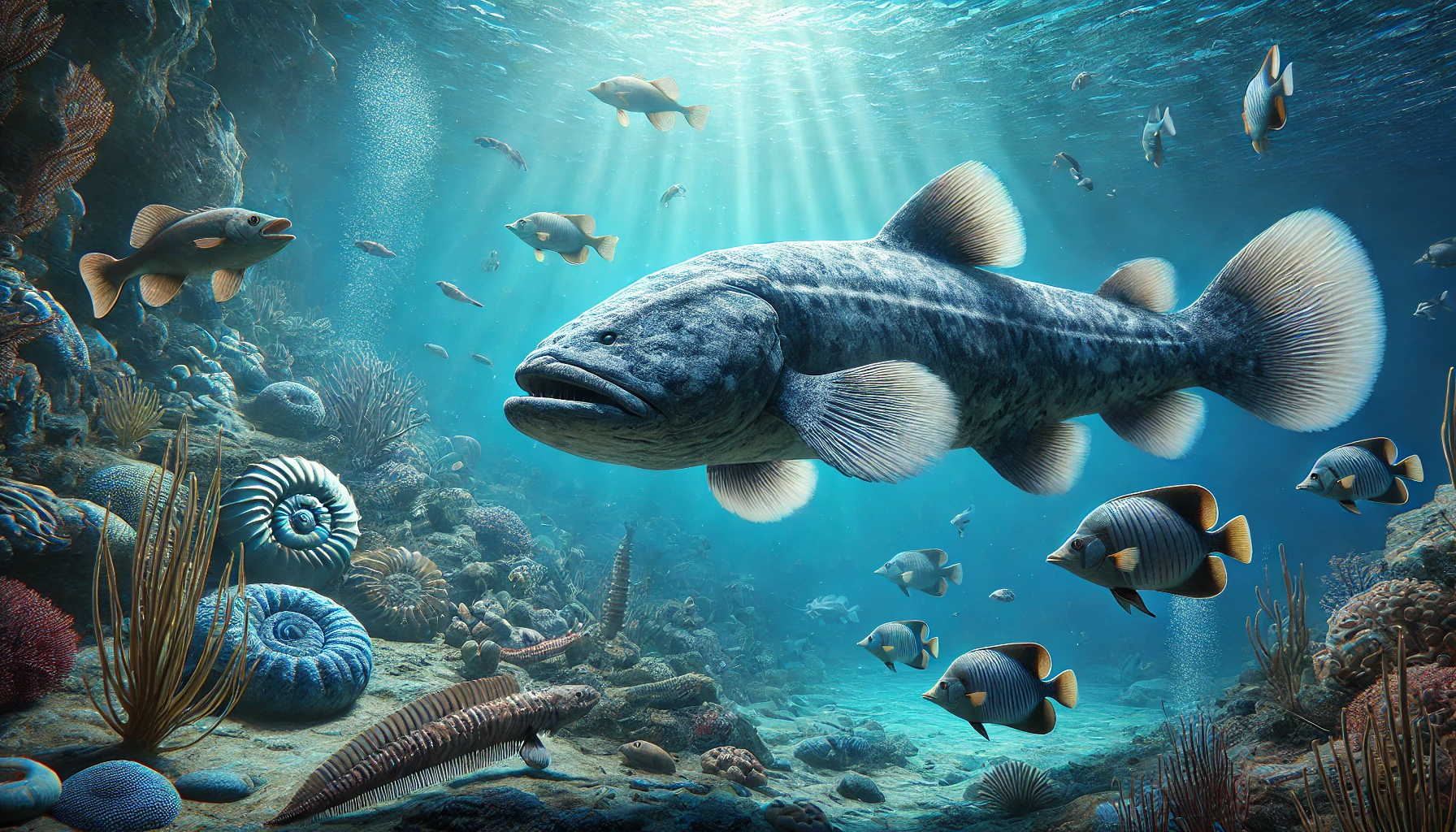
10 Living Fossils: Ancient Animals That Survived Through Time
Top Tens Things – When we think of fossils, we often imagine lifeless remains of creatures from a bygone era. However, some animals have defied extinction and remained relatively unchanged for millions of years. Known as living fossils, these creatures are remarkable windows into the past, showcasing how life thrived in prehistoric times.
From the mysterious coelacanth to the ancient horseshoe crab, these living fossils not only captivate scientists but also remind us of the resilience of life on Earth. Let’s delve into 10 fascinating examples of these ancient survivors.
The coelacanth, once thought to be extinct for over 65 million years, shocked scientists when it was rediscovered in 1938 near South Africa. This deep-sea fish, known for its lobed fins, has remained virtually unchanged for around 400 million years. Its discovery reshaped our understanding of evolution and the survival of ancient species.
This crab have been crawling along Earth’s shores for over 450 million years. Despite their name, these creatures are more closely related to spiders than crabs. With their unique blue blood, which is used in medical testing, horseshoe crabs are vital not only to ecosystems but also to human health.
Sharks are among the oldest vertebrates on Earth, with some individuals estimated to be over 400 years old. These slow-moving giants inhabit the cold waters of the Arctic and North Atlantic, and their extraordinary lifespan makes them a subject of intense scientific study.
READ MORE : Why Your Mattress Matters: How a Premium Mattress Benefits Can Transform Your Sleep
Often referred to as the “living fossil of the sea,” the nautilus has existed for about 500 million years. Its spiral shell is a marvel of natural engineering, and its ability to control buoyancy allows it to move gracefully through the ocean depths.
Native to New Zealand, the tuatara is the last surviving member of an order of reptiles that dates back over 200 million years. While resembling a lizard, the tuatara is genetically distinct and possesses unique traits, such as a third eye on the top of its head.
Although not an animal, the ginkgo tree deserves a mention. Known as a “living fossil,” the ginkgo has remained largely unchanged for over 270 million years. Its distinctive fan-shaped leaves and resilience make it a symbol of longevity and endurance.
The alligator gar, a freshwater fish found in North America, looks like a relic from the dinosaur age. With its elongated body, sharp teeth, and armored scales, it has been swimming in rivers and lakes for over 100 million years.
Sturgeon, often called the “dinosaurs of the deep,” have been around for over 200 million years. These ancient fish are known for their roe, which is used to make caviar. Unfortunately, many sturgeon species are now critically endangered due to overfishing.
Velvet worms are small, soft-bodied creatures that have remained largely unchanged for 500 million years. These fascinating animals use slime to capture prey, a unique hunting method that has intrigued biologists for decades.
The chambered nautilus is a cousin of the nautilus and shares a similarly ancient lineage. Its beautiful, spiraled shell has made it a popular symbol of perfection in nature, while its survival over millions of years highlights its adaptability.
Living fossils are more than just biological curiosities. They provide critical insights into evolution, survival, and the changing environments of our planet. Studying these species helps scientists understand how life adapts over time and highlights the importance of conservation efforts to protect these ancient creatures.
By preserving these extraordinary animals, we ensure that future generations can continue to marvel at their resilience and learn from their unique history Living Fossils.